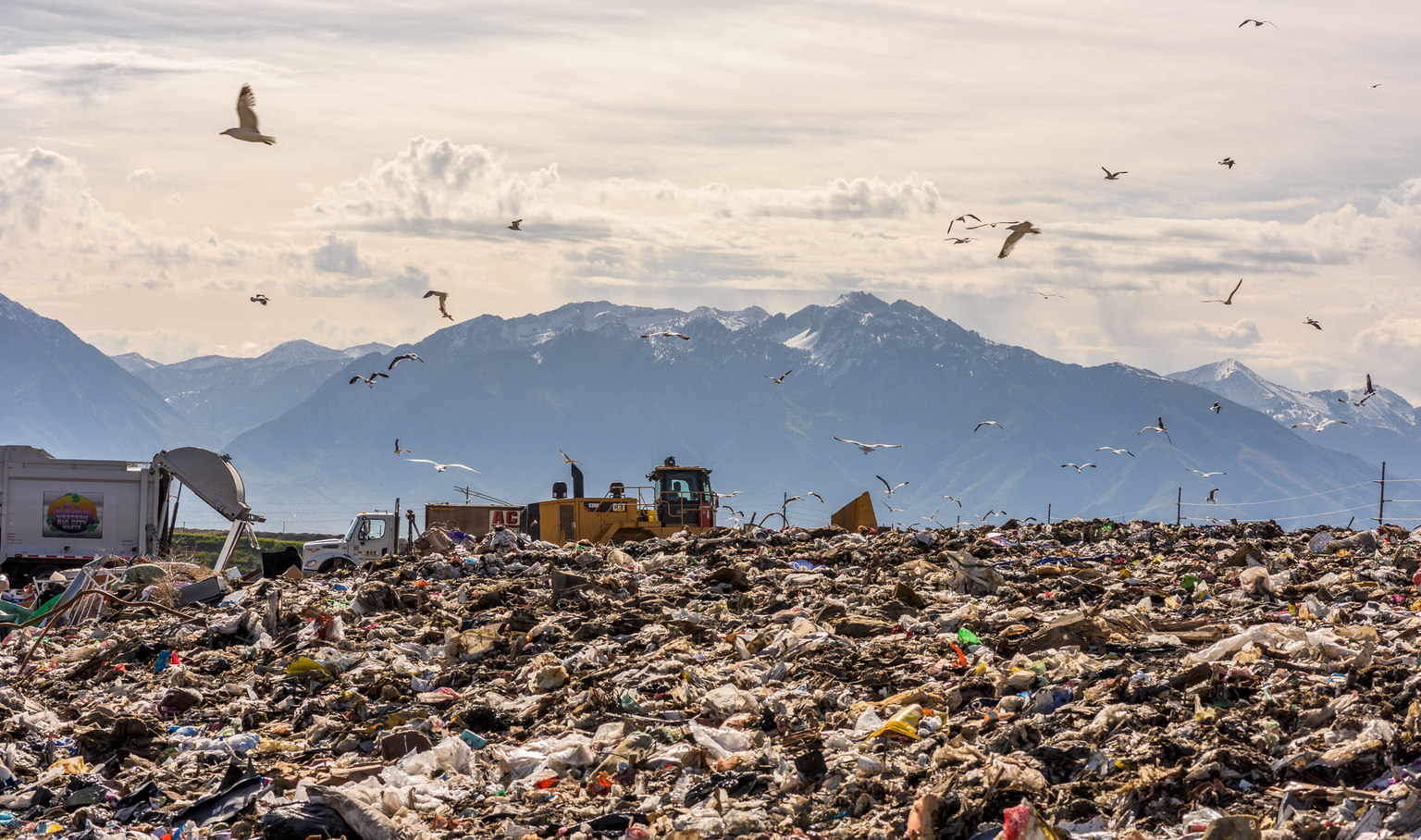In Spain there are at least 275 million tons of household wastes deposited in landfills. An estimated 50% of the content is land (with some organic matter strongly degraded), between 20 and 30% are fuels (plastics, paper and wood), a 10% inorganic materials (glass, cement and stones) and the remainder are metals (2-5%) (mostly ferrous). Among the materials landfilled during the period 1980 and 2010, there is an estimated content of around 10 million tonnes of ferrous and 1.8 million tonnes of non-ferrous metals, including very valuable materials such as gold, palladium, beryllium, gallium, platinum and rare earths.
Landfill mining aims at the recovery of the resources contained in landfills. In addition to an economic interest, landfill mining has an environmental potential in terms, for example, of climate change mitigation and of pressure reduction on scarce natural resources, and a social potential for the creation of new jobs. This article reveals that this potential, however, depends on several factors, including the quantity and quality of resources deposited in landfills, the technological capacity available for the separation of materials, the cost of extraction and separation technology or the price of certain resources on the market, among others.
Maria Calaf | Ignasi Puig
2015
Residuos Profesional
Calaf Forn M., Puig Ventosa, I. (2015) La minería de vertedero: nueva estrategia de futuro complementaria al reciclaje de residuos electrónicos en origen. Residuos Profesional

